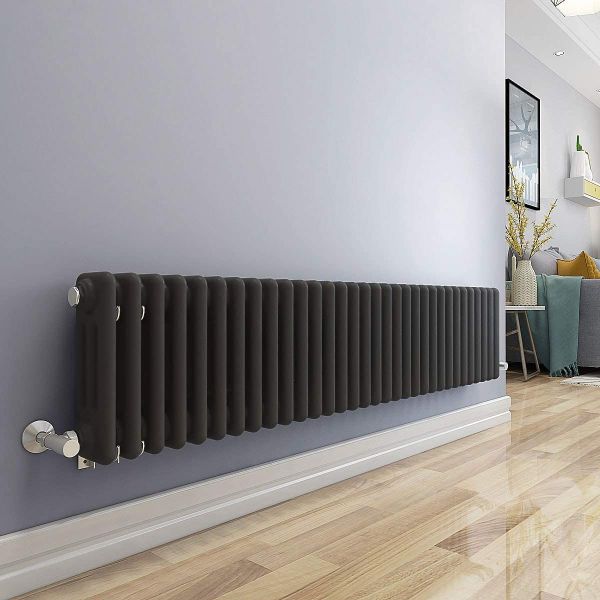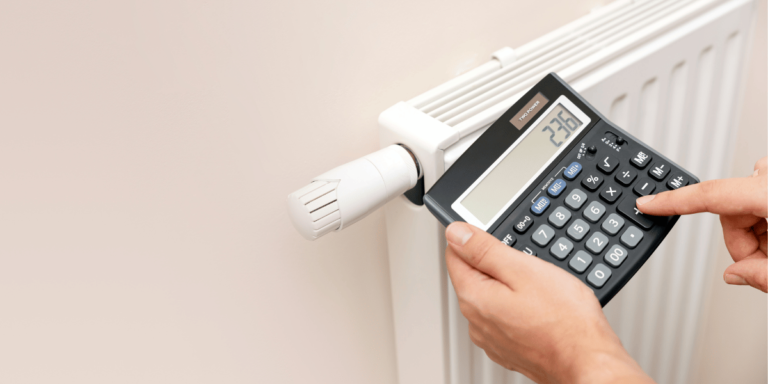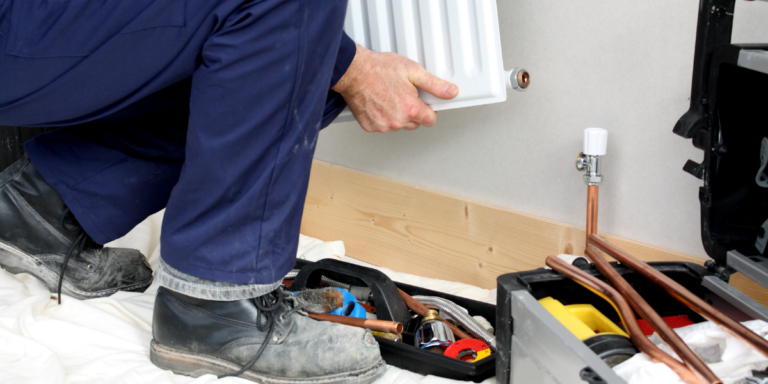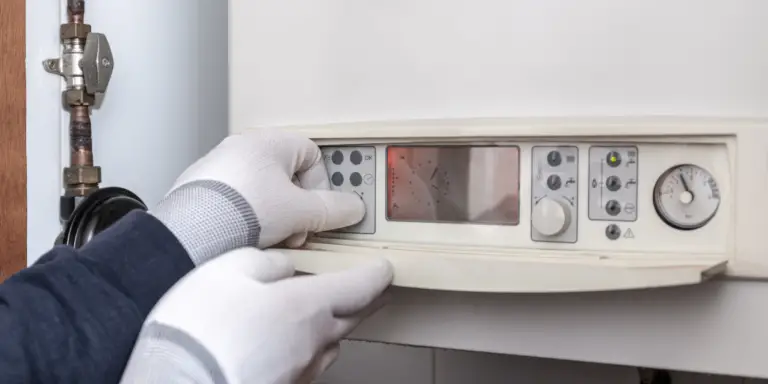A radiator cover reduces the risk of injury and prying little kids’ hands sticking their fingers where they don’t belong. They are a stylish addition to the radiator whilst having minimal imact on the overall heat output of the radiator. In this blog post, we’ll cover the basics of what you would ultimately need to measure for a radiator cover — that way, you can get the best out of your investment and get more bang for your buck.
How easy is it?
Anybody can do it! Simply follow our guide and you’ll have your new radiator cover sorted in no time.
How long does it take?
Measuring a radiator to find the perfect cover really doesn’t take long at all. It should take between 10-15 minutes.
Why should I buy a radiator cover?
From safety to aesthetic, all the way to maintenance, there are multiple reasons why someone would need to choose, and ultimately buy, a radiator cover. Installing a radiator cover, in most cases, has to do with safety and trying to keep your family protected. When radiators are turned on, they can become scalding hot, so it can be worth keeping the hot metal covered to avoid any accidents. This is one of the main benefits of radiator covers, although they can also look aesthetically pleasing to the eye. Check out our review of the best radiator covers here.
How To Measure For Radiator Covers
The main thing you need to understand when replacing or buying an LST or anti-ligature radiators cover is that there is no such thing as one size fits all — you’ll need to carefully measure the radiator in order to figure out what to purchase.
Is it hard to measure your radiator for a cover?
Not really. By following this simple “how-to” guide you’ll have that job boxed and ready in a pinch. Not only that, but if you manage to keep your measurements on hand, they might come in handy further down the line in case you want to upgrade your radiator – purchase a new one, paint it, or do some quick maintenance on the unit.
This guide is designed for all types of radiators, whether it is a home radiator, a heating unit in a hospital or hospice, or something that keeps the chills away while you’re at the office or at school.
What you will need to measure for your new radiator cover
- A tape measure.
- Paper to write your measurements.
That’s it, nothing too complex.
What measurements do I need?
You will need the whole counter of your radiator, including if it has a housing – a radiator cabinet. This includes:
- The length of your radiator, including all those valves.
- The height of your radiator.
- The depth of your radiator from the wall
If you have a radiator cabinet, or if the unit is housed in a construct, you might need those measurements too — including skirting boards. Why? You might need, for installation of the radiator cover, to modify this construct and cut out certain modifications.
Step 1: Height
Using your measuring tape, calculate the height of your radiator unit from the floor to the top valve. Once that’s done, add a couple of extra millimeters – in most cases 50mm – that take into account the cover itself.
It’s important, during this stage to take into account that some floors are not even – they aren’t leveled. As such, make sure to measure the unit on both sides just in case. When measuring the height of your radiator, you may find that your floor isn’t level — you will need to compaseate by measuring at various points for a larger radiator.
Step 2: Depth
Measure the distance between the radiator unit and the wall in order to determine the overall depth. It’s critical that your measurement starts at the wall and ends at the deepest part of your unit. Also, that it includes pipework, outer edges, and radiator valves since a radiator guard cover ultimately encompasses the entire system.
Once calculated, it’s important to add a tolerance level – a couple of millimeters more – since that way you can take into account the contour of the cover itself. In most cases, about 60-75mm (depends on the cover you’re in the market for)
Step 3: Measure for cut-outs in the floor
If your radiator is situated on a skirting board or a vinyl floor, you will need to take that construct into account. In most cases, you will need to acclimate the radiator cover and adapt it to its environment by making cut-outs and modifications to it.
Most customizable manufacturers will as for these dimensions in order to produce an accurate radiator casing.






